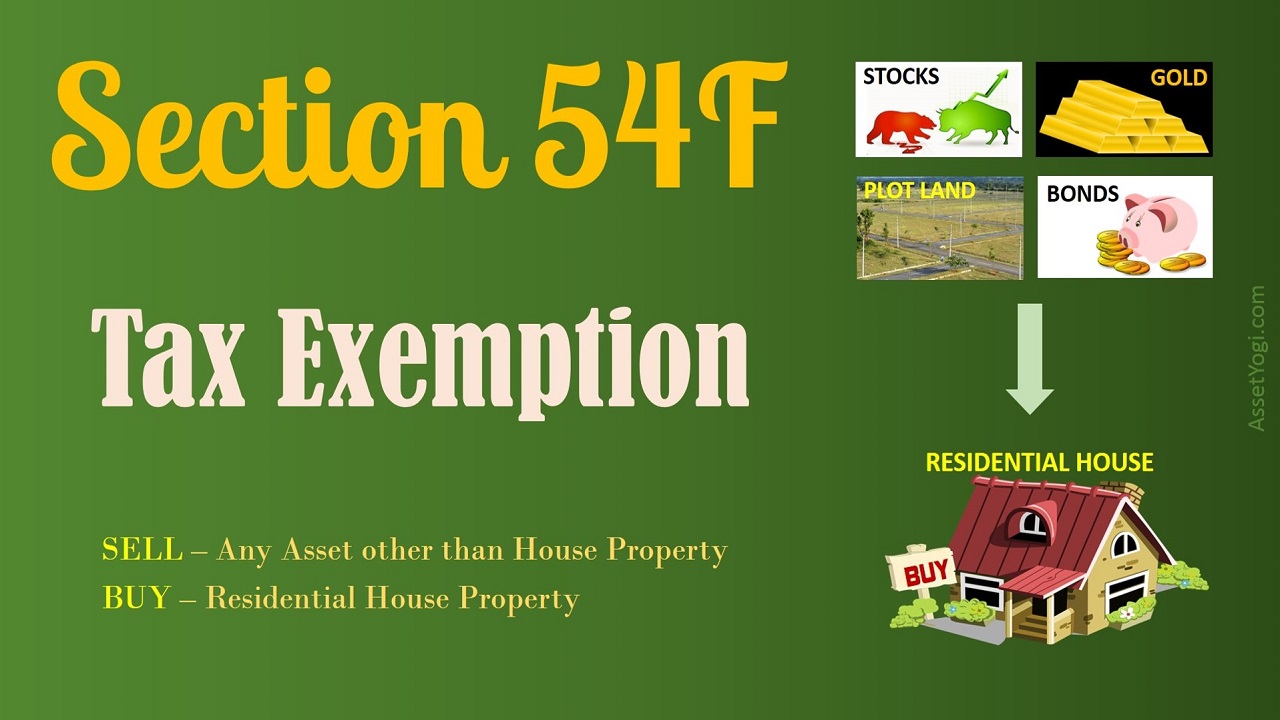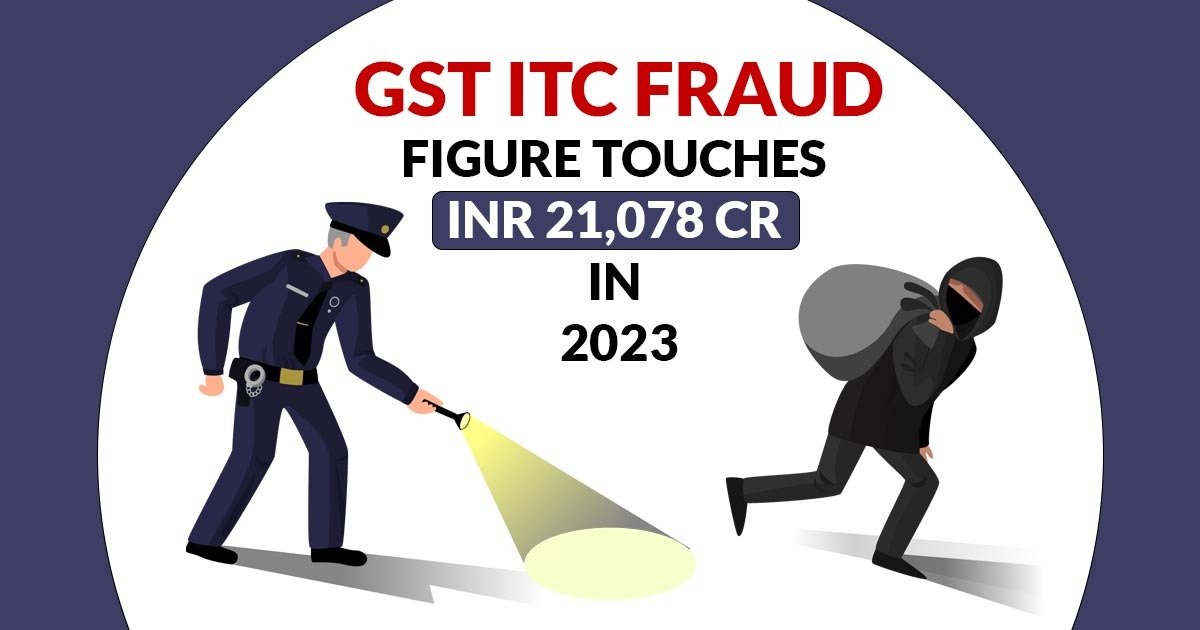1. This Rule has been granted on two grounds. The first is that the Magistrate who tried the case did not comply with the mandatory provisions of Section 342 of the Criminal P.C. In this case the trial Magistrate did in fact question the accused after the witnesses for the prosecution had been examined and cross examined and before they were called on for their defence. It is, however, contended that the questions put to the accused at this time were not such as required by Section 342, Criminal P.C. Five accused were tried and one was acquitted. To all the accused the same question was put," What is your defence." Two of them replied: "I am innocent. I will file a written statement." The other two replied, "I am innocent." It is argued that the questions put to these accused were not of the nature contemplated by the section, that is to say, the Court did not question the accused generally on the case for the purpose of enabling them to explain any circumstances appearing in the evidence against them. In support of this contention reliance is placed on the decision of a Bench of this Court in the case of Sailendra Chandra Singh and Another Vs. Emperor, . In that case the record of the examination of the accused after examination of all the prosecution witnesses was in the following words only, "Plea ?--Not guilty." The learned Judges who decided that case were not prepared to say that there had been in that case substantial compliance with the provisions of Section 342. But we do not think that that case is sufficient to support the point that is urged before us now. There is a great difference between asking an accused person, what is his plea and asking him, what is his defence. It has been for many years the more usual practice to interpret Section 342 as requiring the Court to give the accused an opportunity of stating his defence, if he wishes to do so. It has been repeatedly held that this section must not be interpreted so as to give the Court the power to cross-examine the accused. The result is that in the majority of criminal cases that come to this Court in fact in nearly all of them we find that the questions put to the accused under this section are of a formal nature in words similar to those which have been used in the present case. The only reported case in which the plea now urged has been decided in the petitioners favour is the decision of a single Judge of the Patna High Court in the case of Bhokari Singh v. Emperor AIR 1924 Pat. 791, from the view expressed in that judgment we must respectfully differ. The maxim of optimus legis interpres consuetudo is applicable to the point we have to decide and there can be no doubt that the usual practice has been followed in the present case. The object of the section has been pointed out by Mr. Justice Rankin in Promotha Nath Mukhopadhya v. Emperor AIR 1923 Cal. 470. We are in agreement with the view there expressed that what is necessary is that the accused should be brought face to face solemnly with an opportunity given to him to make a statement from his place in the dock in order that the Court may have the advantage of hearing his defence, if he is willing to make one with his own lips. In the present case the accused were given an opportunity of making their defence with their own lips if they wished to do so and they clearly showed that they did not wish to do so. For the above reasons we hold that this ground on which the Rule has been issued must fail.
2. As regards the second ground, we think the petitioners have a good case. The learned Sessions Judge who heard the appeal thought it necessary to have a map of the locality prepared by a competent surveyor. This map was prepared and forwarded to him. Though no reference is made to the map in the judgment it seems incredible that after the map had been prepared it should not have been used by the Court of appeal; nor can we accept the contention raised on behalf of the Crown that it was not used as evidence. If it was used it must have been used as showing the relative position of certain plots, that is to say as evidence of the positions of these plots.
3. We accordingly make this Rule absolute on this ground only. We set aside the judgment of the appellate Court and direct that the appeal be re-heard. If in the view of the appellate Court it is necessary to make use of the map, evidence should be taken under the provisions of Section 428, Criminal P.C. to prove it properly.

